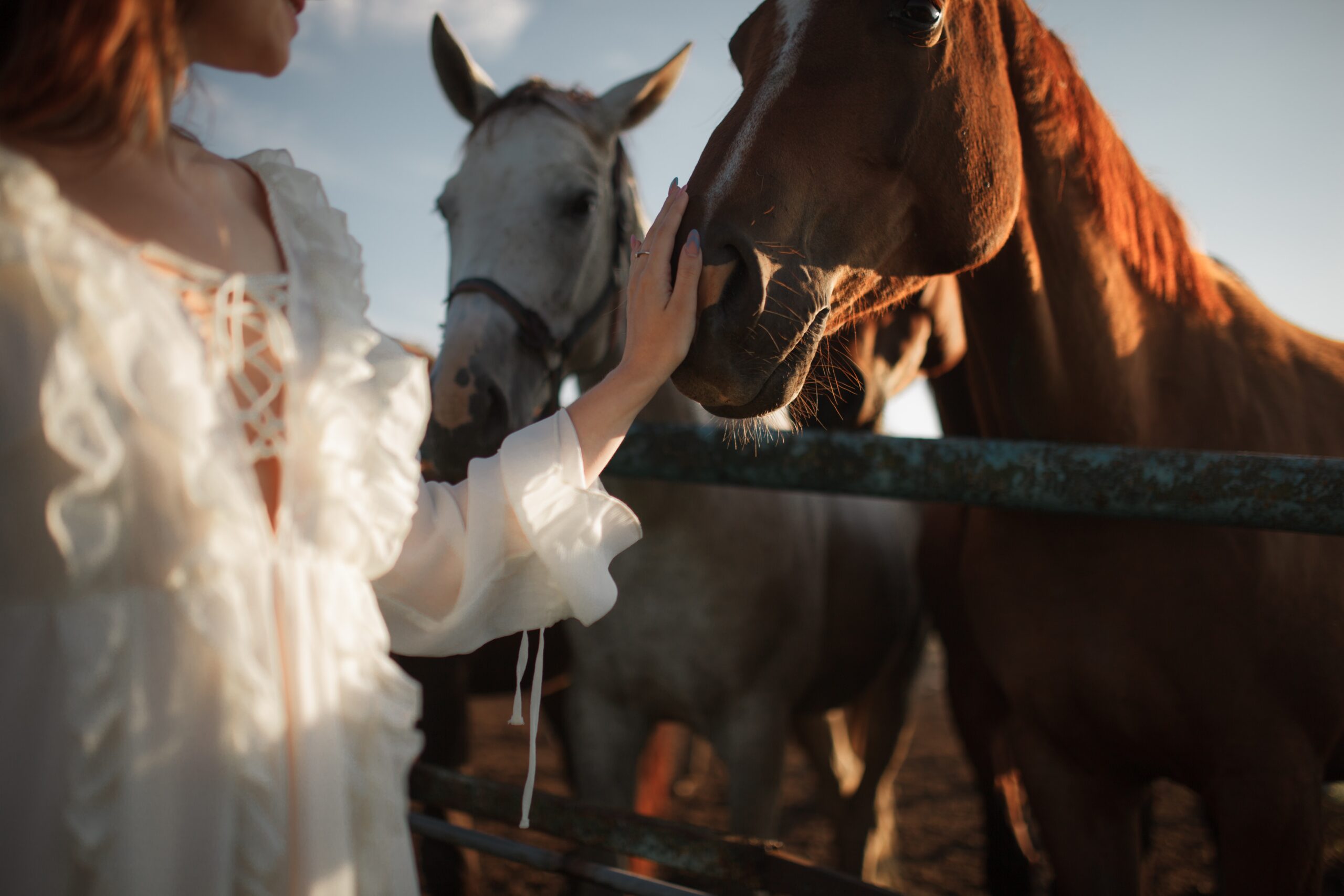 Horses are one of the most beautiful animals in the world, and few animals can rival them. Horses have been living together with humans for about 6,000 years. So they have a deep bond with people. Horses are much more complex animals than they seem. Horses have the ability to react to people’s emotions.
Horses are one of the most beautiful animals in the world, and few animals can rival them. Horses have been living together with humans for about 6,000 years. So they have a deep bond with people. Horses are much more complex animals than they seem. Horses have the ability to react to people’s emotions.
Origin of Horses
It is a generally accepted concept that many different animal species, including humans, have the ability to have compassion for their own species and other living species. Canines, horses, and donkeys are a few of the creatures that are capable of feeling compassion for one another and other animals. They are also able to interpret the sounds and facial expressions of those who are in their vicinity.
The evidence that has been provided here lends credence to the commonly held belief that horses are capable of extraordinary levels of perceptive insight. However, researchers have not yet devised a technique that allows them to investigate and evaluate how horses react when exposed to a variety of human emotions.
Researchers are in agreement that horses are exceptionally perceptive creatures that are able to form meaningful bonds with their human companions. Even though there is still a lot of research to be done, the specialists are not yet sure whether horses can experience the same emotions as humans. The encouraging news is that a significant number of scientific studies have demonstrated that horses, like dogs, are capable of understanding human emotions and reacting to them.
When challenged with objects that appeared to be welcoming, the horses exhibited a calm and sociable demeanor toward them. There was not a significant difference between the animals in terms of their physiological circumstances. The horses’ pulse rates increase and they adjust their heads to gaze out of the left corner of their eyes when they are confronted with a furious countenance. This is due to the fact that horses interpret human emotions in a left-to-right fashion.
What Can We Understand from Horses Expressions?
According to Suffix University study, horses convey meaning through seventeen unique face gestures. This is ten fewer than the 27 human face emotions. This amount, however, is one larger than that of dogs and four greater than that of chimps. One of the most significant advantages of the EquiFACS (The Equine Facial Action Coding System) instrument is that it can be used to analyze complicated facial movements and detect 17 unique facial emotions in horses. Understanding the language of horses will be the first stage in learning the language of other animals.
The investigators started by taking muscular tissue from the horse’s skull. Following that, they examined a 15-hour video capture of 86 horses to identify the facial movements used to interact by male and female horses of different types and ages. This movie showcased a diverse range of horse types and sizes. They were able to build a map using the EquiFACS method, which was intended to capture and recognize the horses’ facial emotions, by classifying the horses’ nose, eye, tongue, and face movements.
Through the mammal’s left eye, the information is transmitted directly to the right center of the animal. The information is analyzed in order to achieve the desired outcome. This helps to explain why the horse automatically shifts to using his left vision whenever he makes a facial expression that appears to be perplexing.
One way in which a horse can communicate its state of mind to people is by exhibiting deviations from its normal pattern of behavior and by interacting negatively with other individuals. If a horse is scared or believes it is in danger, it will either stare at the ground or adjust its head so that it is looking at the ground. Horses have developed the skills necessary to coexist with humans and even fight against them in some situations.
If you could picture a horse laughing, its upper cheeks would probably curl upward, and its canines would protrude forward. In contrast to what most people think, horses do not laugh when they produce this noise; rather, they employ it as a method for determining whether or not the smells in their environment are agreeable. Curling their upper lips and exposing their canines, horses guarantee that their specialized smell receptors are able to pick up the aroma. Because of this, the horse is able to acquire a more in-depth comprehension of the smell that it is picking up.
Studies have shown that a horse’s eyes are significantly larger than the eyes of any other terrestrial animal, coming in at nine times the size of human eyes and being significantly larger than the eyes of any other terrestrial animal. On the other hand, horses are unable to concentrate their eyesight in any given direction. The highest portion of a horse’s retina is responsible for its ability to see objects that are close up, while the lower portion of the retina is responsible for its ability to see objects that are further away.
It is common knowledge that horses are among the most sensitive of all animals. If you treat a horse with kindness and respect from the moment it is born, it will think of you as a friend for the rest of its existence. At the same time, horses comprehend information that was conveyed previously; in point of fact, horses are just as capable of doing this as elephants. You might be surprised to learn that horses’ molars take up more space in their skulls than their brains do. This fact might shock you. This, however, is not indicative of their level of intelligence.


